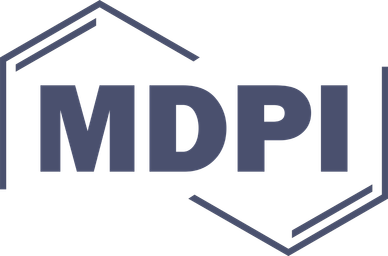|
Summary (TL;DR)
Predatory publishing is a significant issue in scientific discourse. Predatory publishers erode the integrity of science in the public eye due to accepting poor quality work or even misinformation advertised as professional investigation, and harm scientists that contribute time and money to aid these disreputable companies. Recent conversations around the Multidisciplinary Publishing Institute (MDPI) have accused MDPI of engaging in predatory practices. Notably, MDPI journals have been observed with high self-citation rates, which artificially inflate their Impact Factor compared to honest scientific discourse. Here I use a novel metric to assess whether MDPI journals have artificially inflated their Impact Factor: the ratio of Impact Factor (IF) to SCImago Journal Rank (SJR). This IF/SJR metric readily distinguishes reputable not-for-profit publishers from a known predatory publisher (Bentham Open), and also from MDPI. I further included a spectrum of for-profit and non-profit publishing companies in the analysis, including Frontiers, BMC, and PLoS. My results inform on the degree of predatory publishing by each of these groups, and indicate IF/SJR as a simple metric for assessing a publisher's citation behaviour. I suggest that an IF/SJR ratio >4 is an indication of possible predatory behaviour, and scientists approached by publishers with IF/SJR > 4 should proceed with caution. Importantly, the IF/SJR ratio can be determined easily and without relying on data hiding behind paywalls. Background The full dataset and R scripts used for the analysis are provided as a .zip file at the end of this article. Predatory publishing is a major issue in the scientific literature. Briefly: predatory publishers basically pose as legitimate scientific journals, but fail to perform the minimum rigour as curators of scientific information. Nowadays, outright fake journals are readily spotted by careful scientists, but quasi-predatory publishers can appear quite professional and are much more difficult to identify. Quasi-predatory publishers are identifiable by a few key factors (I have selected a few factors discussed in Ref [1]):
Regarding this fourth point, a journal's Impact Factor (IF) is an important metric that is used by granting agencies and scientists to judge a journal's prestige (for better or worse). The IF is determined by the average number of citations articles get when published in that journal. Importantly, the IF number can be artificially inflated by authors citing themselves or their close colleagues in a biased fashion [2]. On the surface, this gives the impression that the scientist or journal is highly productive and well-recognized. This gives predatory publishers a significant incentive to engage in self-citation practices that inflate their Impact Factor. Predatory publishers do this by citing work from their own network of journals in an unabashedly biased fashion [1]. I'll be referring to this as "Impact Factor Inflation" hereon (see [3]). Analyses like this one and studies like this one [1] have already discussed the quasi-predatory or even outright predatory behaviour of MDPI, which has grown more bold and problematic in recent years. The recommendation of Ref [1] was that scientific journal databases should remove MDPI due to predatory behaviour, indicating the degree of the issue being debated with MDPI. In particular, MDPI was seen to have significant self-citation issues, alongside 'citation cartels', networks of journals that cite each other to artificially inflate their impact factor [1]. I will add two more factors that are associated with predatory publishers:
For instance, the MDPI journal "Vaccines" recently published a vaccine misinformation piece that falsely claimed more people suffered serious complications from Covid vaccination than from Covid-19 disease (amongst a long history of other controversial pieces summarized here). However other publishers have also published controversial pieces that clearly lacked the rigour of professional peer review (e.g. see Frontiers Media here and Bentham Open here), and even highly-respected journals can slip up every now and then: remember that Science article about Arsenic being used as a DNA backbone? It is thus imperative to come up with ways to quantify the degree of predatory behaviour beyond anecdotes. IF/SJR: identifying Impact Factor inflation |
AuthorMark Archives
July 2024
Categories |

 RSS Feed
RSS Feed
